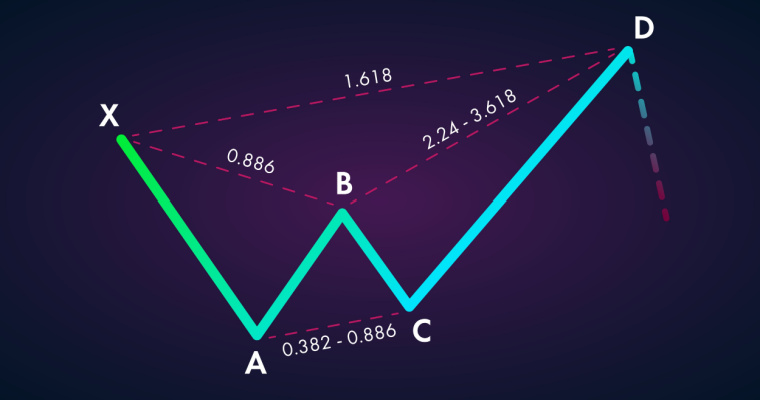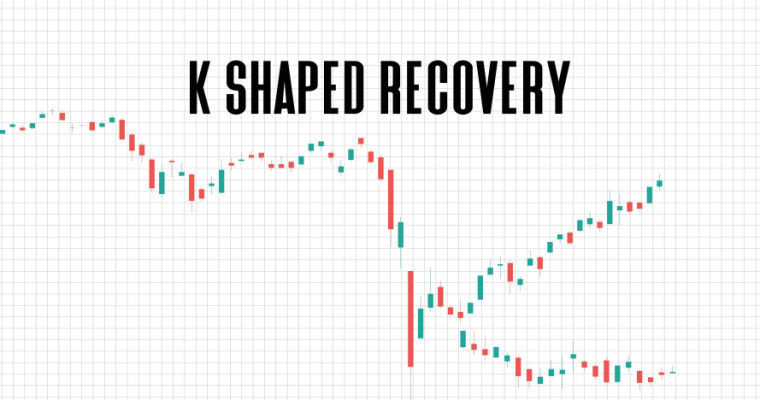What Are Stock Options? Types And Important Concepts

Stock Options are a type of derivative contract between a buyer and a seller. Both parties need to honour the contract within the stipulated time period. In options, parties are not obligated to buy or sell a security. They have an option to buy or sell the security, and it depends on them whether they want to go ahead with it or not. To know more about stock options trading, read on!
What are Stock Options?
Stock Options are derivative trading contracts which derive their value from an underlying security. In stock option contracts, both parties have a right to buy or sell the security at the end of the contract period. They are not obligated to enter into a transaction; they always have the option to deny buying or selling them.
This contract gives an option to the parties and is not a forceful commitment. SEBI introduced this trading option in 2002. Today an individual can trade in more than 170 securities in options contracts.
How do Stock Options Work?
Stock options are one of the riskiest investment avenues in the share market. They come with high return potential, but investors are also prone to substantial losses from them. The thing that works for options trading is that losses arising from them are restricted to the premium amount paid by traders.
Let’s see how options trading works with a simple example; Mr Chopra is of the belief that shares of Company XYZ will rise in the near future. Current share price of the company is Rs. 270. He thinks that the price will rise to Rs. 300. Therefore, he decides to purchase a long call option of Company XYZ of 1,000 shares.
The biggest advantage is that in the case of options trading, he does not have to pay the entire value of (Rs. 300*1,000) Rs. 3,00,000. He has to pay a premium amount which is a fraction of the value of the underlying asset.
Now, if at the end of the contract period or month end the share prices increase to 300, Mr Chopra will earn a profit of Rs. 30,000, i.e. (300-270*1000) without even investing the total stock value of Rs. 3,00,000. If the stock price does not rise to Rs. 300 but falls below Rs. 270, he will only lose the premium amount he paid at the start of entering into the contract.
In the first case, he will exercise his right to buy the stocks at a predetermined price and earn profits with minimum capital investment. However, in the second case, when the stock price falls below Rs. 270, he will not buy the shares at that price; this would result in a loss which would be limited to the premium paid.
One can adopt different options trading strategies according to his/her risk tolerance level, market expertise and investment corpus.
Also Read: Ways To Invest In The International Stock Market
Types of Stock Options
Here are two types of stock options available for trading in stock markets:
Call Option
This option contract provides individuals with the right to buy a stock. Contract owners have the option to buy a stock at a predetermined price on or before the contract expiration date. Whenever investors think that the markets could rise in the near future, they go for call options to make financial gains. In other words, when markets tend to be bullish, investors prefer call options.
If the price of underlying stocks of these contracts rises, one can exercise their right to buy these stocks and make substantial gains. In case the price does not increase or starts falling, individuals will not buy these stocks. Losses, in this case, are limited to the premium amount paid.
Put Option
Alternatively, a put option gives traders the right to sell a stock. A put option contract owner can exercise his/her option of selling the stocks at a predetermined price on or before the expiration date. Individuals usually prefer this put option when markets are bearish.
The overall sentiment of markets is negative, and stock prices may fall significantly in the near future. If the price of the underlying securities falls to the agreed price, the seller will exercise his/her right to sell the contract on or before the expiry of the contract, and earn profits. However, if price does not fall, then the seller will not exercise his/her right to sell and incur losses limited up to the margin amount.
Important Concepts Related to Stock Options
One must know these terms related to stock options:
Strike price
In a derivatives market, strike price is an important concept. The strike price is nothing but a pre-decided price at which parties will trade a contract on or before its expiration date. It is the future trading price of a contract. In a call option, strike price refers to the value at which one will buy the stock. Similarly, in the case of put options, strike price refers to the price at which the seller will sell the stock.
Expiration date
It refers to that day on or before which contracts must be honoured. In India, according to the Securities and Exchange Board of India, the expiration date of a contract is last Thursday of the month. In case last Thursday is a holiday, contracts will expire on the last Wednesday of that month. This date is also known as the settlement date.
Also Read: What Are Mutual Funds And Why Should You Invest In Mutual Funds?
Settlement of Stock Options Contracts
Till October 2019, all options contracts were cash settled. It means that individuals who had entered into a contract settle their positions by paying the amount in cash. They were not mandated to take physical delivery of underlying stocks in their Demat account.
All these changed when SEBI came up with a circular in April 2018 mandating physical delivery of stocks of all options contracts starting from October 2019. Unlike cash settlement, where individuals had to pay in cash to square off their position, in physical settlement, one will receive actual delivery of shares in their Demat account.
If one does not close their position or go for a rollover, they will be liable to pay full contract value and receive physical delivery of shares. The main objective behind bringing in physical delivery of options contracts was to reduce excessive volatility and turbulence in derivative markets.
Final Word
Stock options trading is one of the most popular investment options that allow individuals to earn substantial profit with minimum capital investment. However, due to the time bound nature of these contracts, it is a risky venture, and one must get into it only after acquiring adequate knowledge regarding the market.
FAQs on Stock Options
Ans: Any income from options trading is considered business income for the purpose of income tax. These gains are subject to taxation under respective slab rates. Individuals having such income must file ITR 4 to avail tax benefits.
Ans: These contracts come with 3 tenure cycles. They come with a tenure of one month, two months and three months. All these have different expiry or settlement dates. The expiry date for each is the last Thursday of the month.
Ans: These are a complex category of options. They come with different strike price mechanisms, settlement or payment structures, expiration cycles and underlying assets. This unique nature makes it an ideal investment option for hedging.
Ans: There is no ideal time for entering into an options trade. One must closely analyse the markets and make a prediction about their future trajectory. If market rises in the near future, one may go for call or buy option. On the other hand, if one thinks that market sentiments are bearish or negative, they can go for a put option.
Ans: An in-the-money options contract has the ability to make money or generate profits when one sells them at the moment.
Before you go…
Want to put your savings into action and kick-start your investment journey ? But don’t have time to do research. Invest now with Navi Nifty 50 Index Fund, sit back, and earn from the top 50 companies.
Mutual Fund investments are subject to market risks, read all scheme-related documents carefully.
This article has been prepared on the basis of internal data, publicly available information and other sources believed to be reliable. The information contained in this article is for general purposes only and not a complete disclosure of every material fact. It should not be construed as investment advice to any party. The article does not warrant the completeness or accuracy of the information, and disclaims all liabilities, losses and damages arising out of the use of this information. Readers shall be fully liable/responsible for any decision taken on the basis of this article.

Customer’s Feedback
No comments found.Illiquid Stocks Guide: Definition, Examples, and its Working
Illiquid stocks are part of a long-term investment strategy that is appropriate for investors who a... Read More »What is Shooting Star Candlestick Pattern in Trading?
The shooting star candlestick pattern is considered to be a bearish reversal candlestick ... Read More »What is VWAP Indicator and How to Use it for Trading
The VWAP indicator shows the volume-weighted average market price of a particular stock. You can us... Read More »What is Price Action Trading: Its Strategy, Stop Loss and Profit Targets
Price action trading is a methodology in which the trader solely relies on analysing a security’s... Read More »What is Buy the Dip Strategy in Trading – Working and Example
‘Buy the dip’ is one of the most common phrases in the stock market. It is sort of a go-t... Read More »What is the Black Scholes Model – Formula, Calculation and Assumptions
Among the important concepts in modern financial theory, the Black Scholes model, developed in 1973... Read More »What is Iron Condor and What are its Strategies?
Iron Condor is an options trading strategy that involves four options with the same expiration date... Read More »What is Harmonic Pattern and How Does it Help in Trading?
Harmonic patterns are one of the most efficient and effective trading patterns. Although they are m... Read More »What is a Contract Note and Why is it Important?
Contract note is a legal document containing the details of every stockbroker's trade on a stock ex... Read More »What is K-shaped Recovery: Indication, Example and
Economies go through multiple phases in business cycles. One such phase is a recession which is mar... Read More »Guide to Book Building – Its Types, Benefits and Process
Initial public offerings (IPOs) are priced as specified by their underwriters. The process by which... Read More »Support and Resistance in Trading: Working, Strategies, Uses and Example
Support and resistance are two of the most significant and practical concepts in technical analysis... Read More »Top 10 Chit Fund Schemes in India in 2023
Chit funds are one of the most popular return-generating saving schemes in India. It is a financial... Read More »10 Best Gold ETFs in India to Invest in April 2023
Gold ETFs or Gold Exchange Traded Funds are passively managed funds that track the price of physica... Read More »10 Best Demat Accounts in India for Beginners in 2023
Creation of Demat accounts revolutionised the way trades were conducted at the stock exchanges. It... Read More »20 Best Index Funds to Invest in India in April 2023
What is an Index Fund? An index fund is a type of mutual fund or exchange-traded fund (ETF) that... Read More »Best Arbitrage Mutual Funds to Invest in India in April 2023
Arbitrage funds are hybrid mutual fund schemes that aim to make low-risk profits by buying and sell... Read More »10 Best SIP Plans in India to Invest in April 2023
What is SIP? SIP or Systematic Investment Plan is a method of investing a fixed amount in ... Read More »10 Best Corporate Bond Funds in India to Invest in April 2023
Corporate bond funds are debt funds that invest at least 80% of the investment corpus in companies ... Read More »10 Best Bank for Savings Account in India [Highest Interest Rate 2023]
Savings account is a type of financial instrument offered by several banks. It lets you safely depo... Read More »




















